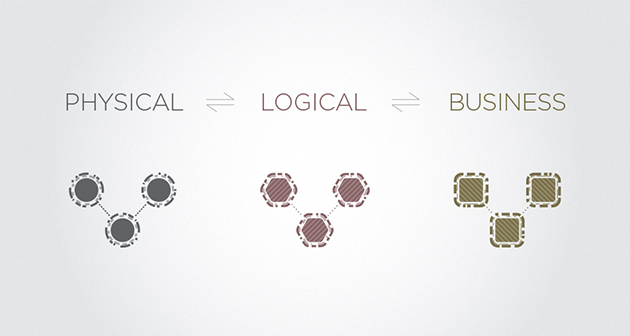
Tomas Kratky explores his vision behind MANTA’s new capability to visualize business & logical lineage.
We just recently published a blog post announcing one new feature – MANTA now works not only with physical lineage but with business and logical lineage as well. I was shocked by the intensity of the feedback we got from our customers and partners – they were confused. MANTA has a clear vision to provide users with the most detailed, accurate, and fully automated data lineage from programming code. We do it because all data-driven organizations need it, because others are afraid to do it, and because we are smart.
New Levels of Lineage
But now we have announced business lineage and everyone has been asking what that means. Is MANTA moving towards being a more general metadata or data governance solution? NOT AT ALL! So why the business and logical lineage? Let me explain a little bit more.
MANTA offers capabilities not covered by other players, capabilities very much needed in any data intensive environment. But MANTA is not a metadata manager or information catalog. There are other better equipped vendors like IBM, Informatica, Collibra, Alation, Adaptive, etc. This means that with some exceptions MANTA alone does not meet all the metadata related requirements of a customer. But other metadata solutions, when selected, purchased, and deployed by a customer, also fail to meet several critical needs related to metadata accuracy and completeness, especially regarding data processing logic hidden inside programming code. This leads to an inevitable conclusion – MANTA is usually served together with other tool(s).
MANTA: Born To Integrate
Simply said, we live and die with great integrations. We have many prospects out there, since almost everyone will need us sooner or later, but to fully demonstrate our value, we need smooth integration with existing data governance / metadata solutions. We originally started with more technical oriented tools like Informatica Metadata Manager, so physical lineage was the best option. But now more and more customers have Collibra, IBM Information Governance Catalog, Alation, Data3Sixty, or Axon, and they want to see lineage there. But those solutions are not designed to capture and visualize large amounts of data processing metadata. They tend to slow down or even crash with the millions of processing steps you have in your environment.
Automate or Drown
Some vendors in this space don’t even offer automated harvesting capabilities. Some of them do, but in a limited way. So I very often see customers trying to build simple business level lineage manually. And this is where our unique features come into play. MANTA still harvests physical technical metadata from your programming code but is now also able to use existing business or logical mappings to prepare a different perspective – simplified, with easier to understand names and descriptions, but still accurate, complete, and fully automated. It allows us to easily integrate with all the not-so-technical solutions mentioned above. It means less wasted effort and fewer stressful moments for our customers and more prospects for MANTA. I see it as a win-win situation.
This article was originally published on Tomas Kratky’s LinkedIn Pulse.